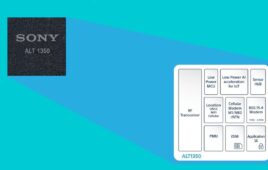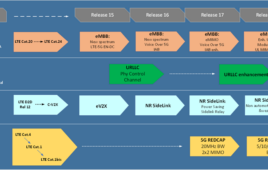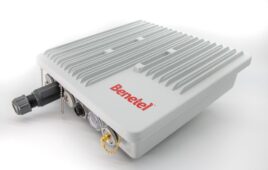The high-profile patent wars continue, this time between Nokia and HTC.
A London judge Tuesday ruled that HTC has infinged on Nokia patents, according to a report from Bloomberg. Judge Richard Arnold ruled that chips contiained in HTC’s One smarpthone were in violation of Nokia’s proprietary technology.
Arnold delayed an injunction against HTC’s smarpthones in the U.K., allowing HTC time to appeal the decision. Arnold contended that blocking sales of HTC devices in the country would cause considerable damage to the company.
In a statement, Nokia said it was pleased with the court’s decision, noting that HTC has agreed not to ship anymore of the offending devices until the appeal has been completed.
“If HTC does not succeed on appeal, the injunction will take effect on all infringing products. Nokia is also claiming financial compensation for the infringement of this patent,” Nokia declared in a statement.
News of the legal spat comes amid other troubles for HTC. In early November, HTC released guidance forecasting fourth-quarter revenues of $1.4 billion, which was down from analyst expectations of $1.8 billion. The news came in the wake of the company’s first net loss for a quarter ever in September, when the company marked down a $101 million loss on revenue of $1.6 billion.
According to ComScore, HTC’s U.S. market share slipped almost a percentage point from the three-month period ending in April at 8.9 percent, to just 8 percent in the the three-month period ending in July.




